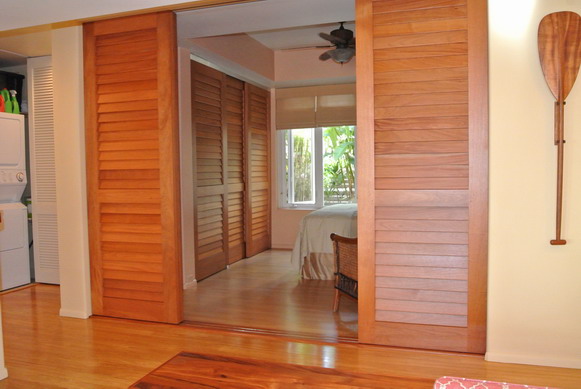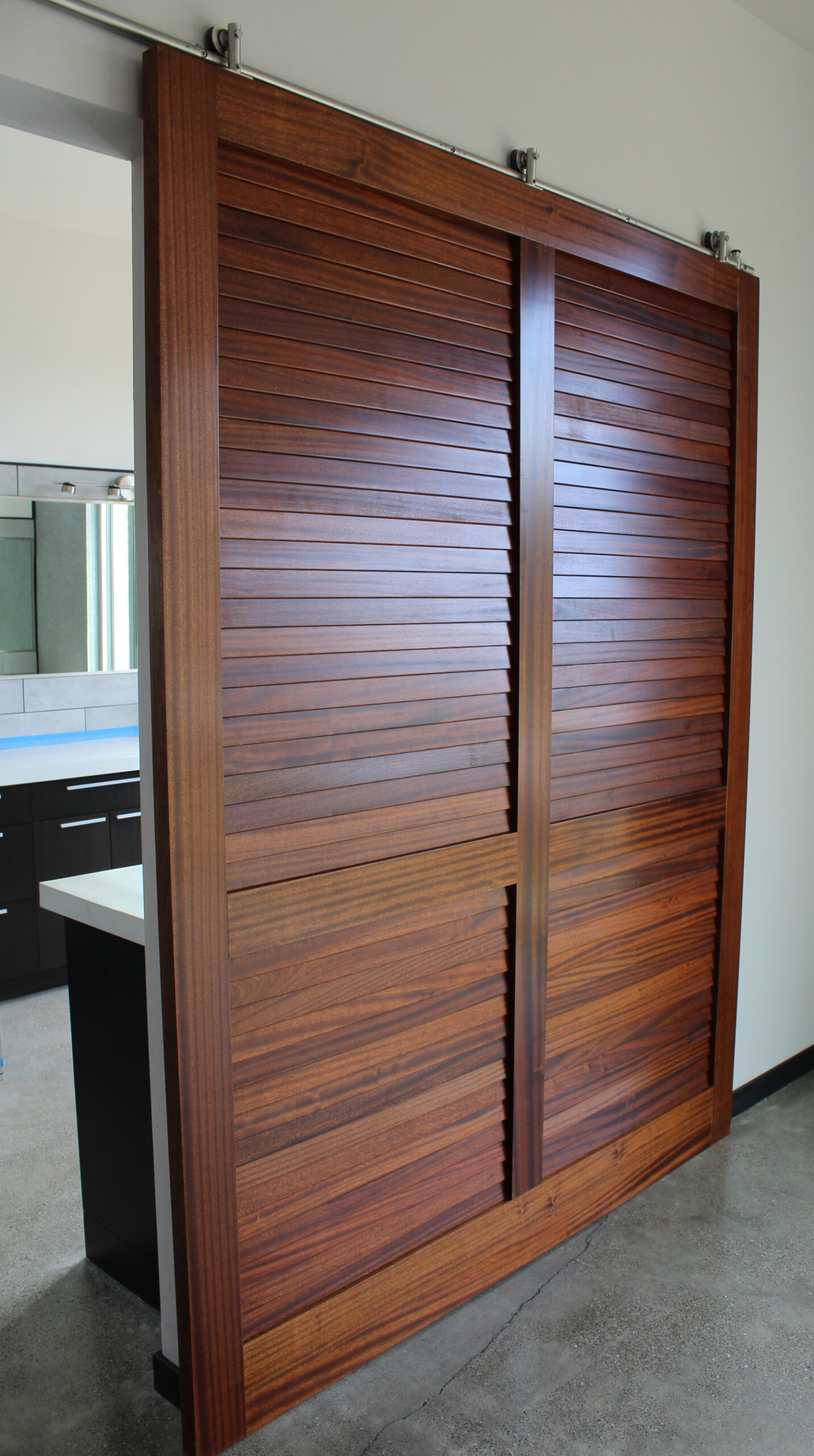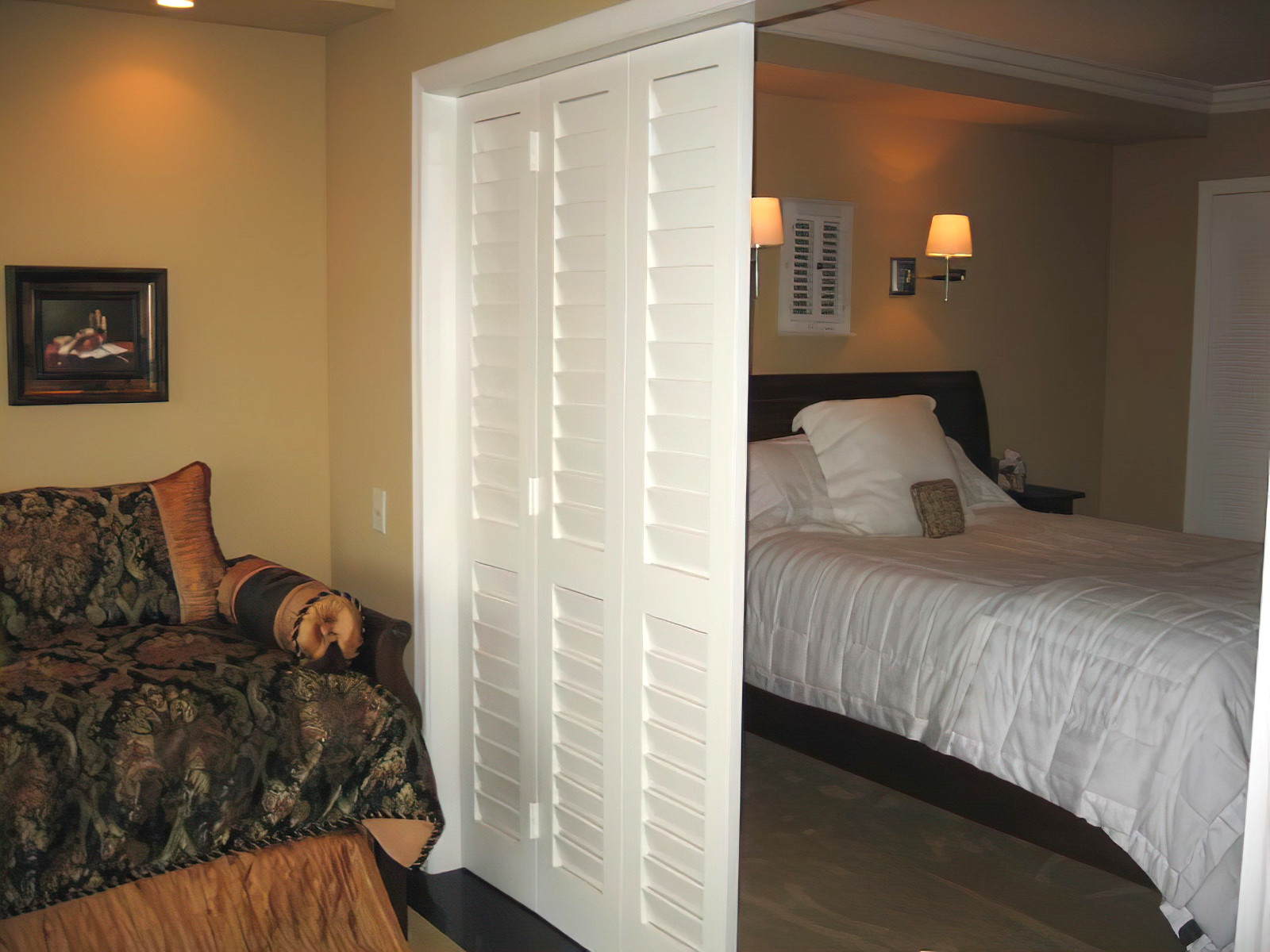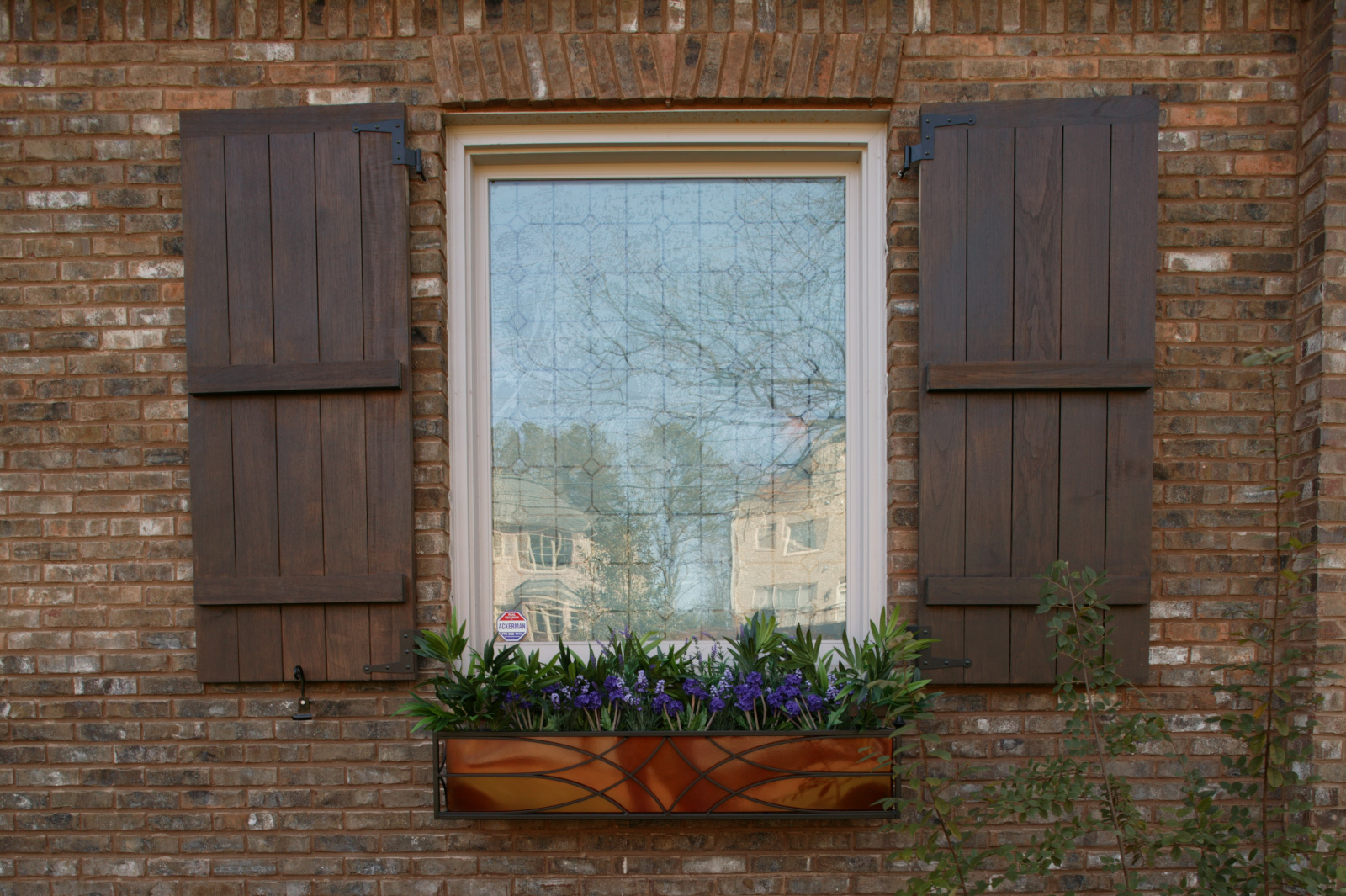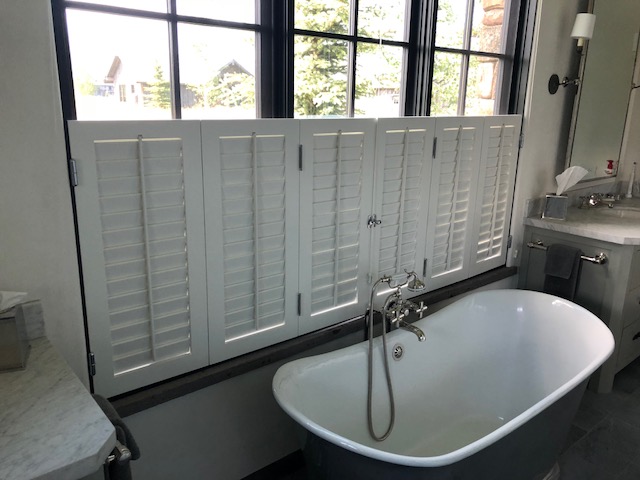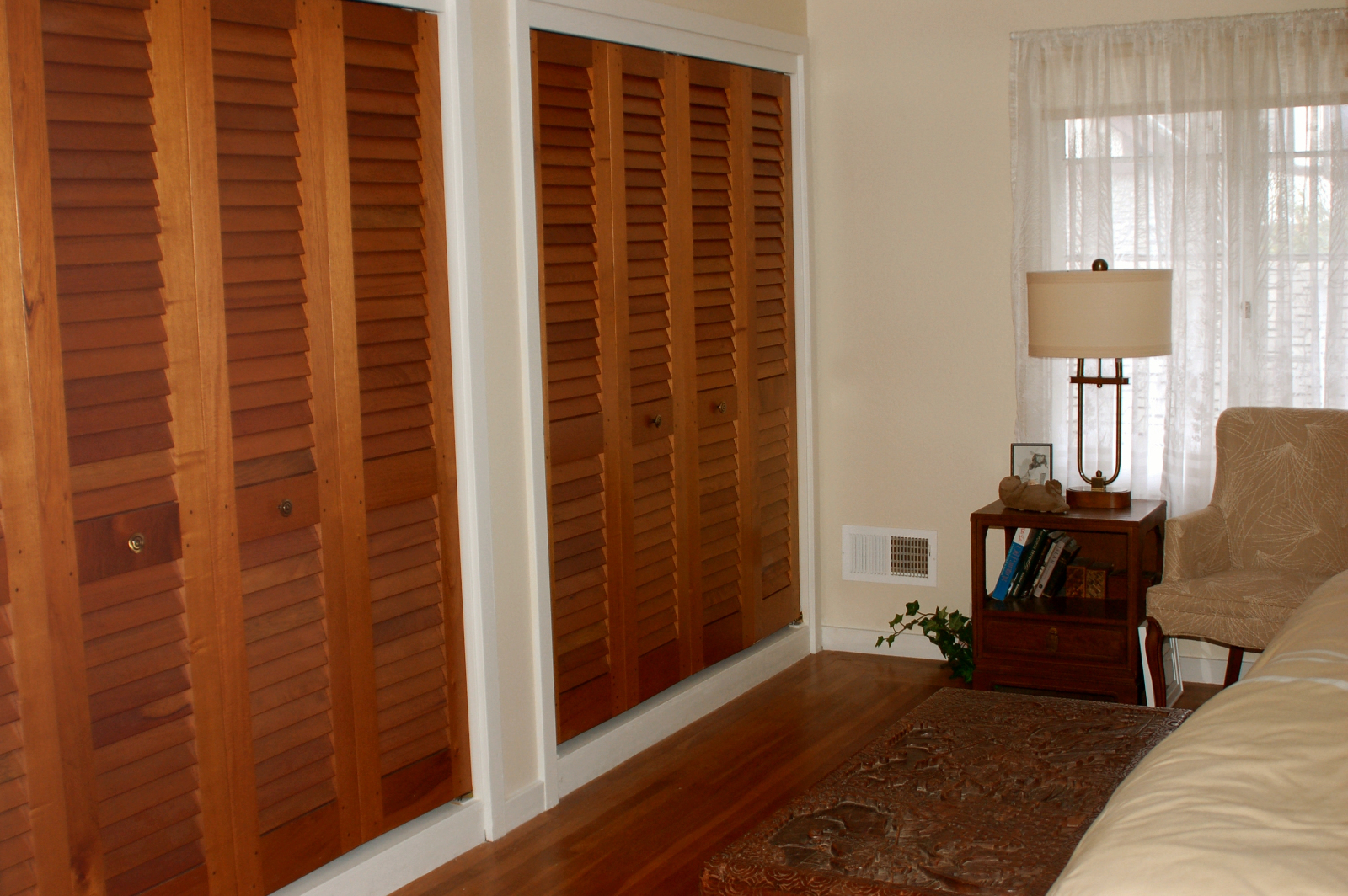Stave Core Doors & Shutters Most of the shutters and doors we make here at Kestrel, both interior and exterior, are built out of solid, kiln dried wood without the use of any laminates. We can do this as the wood species that we use, American Basswood and Sapele Mahogany, are dimensionally stable and react …
interior doors
What Are Faux Louvered Doors?
What Are Faux Louvered Doors? With fixed louvered doors the louver blades are fixed at an angle and spaced far enough apart so that there is a gap. This is so they provide privacy while still allowing airflow. With Faux lovered doors the louver blades are shaped like a chevron and stacked. This gives you …
What are the differences between Interior Doors and Closet Doors?
What are the differences between Interior Doors and Closet Doors? We often receive emails and phone calls asking us which doors can be used as closet doors and which can be used for interior doors between rooms. Many people are concerned that there may be some reason why the same door should not be used …
Tongue & Groove vs Beadboard for Shutters and Doors
Tongue & Groove vs Beadboard for Shutters and Doors While we are all familiar with flat and raised panel shutters and doors there are other choices when you are looking for something solid. Two popular alternatives are Beadboard and Tongue & Groove. Tongue & Groove The name Tongue & Groove actually refers to the way …
Using Wood Shutters and Doors in a Bathroom
Using Wood Shutters and Doors in a Bathroom When it comes to using wood shutters and doors in a bathroom there are a few things that you need to consider; privacy, ventilation and humidity. Privacy Privacy in a bathroom is obviously important to many people. Most styles of doors or shutters will offer some degree …
What If My Closet Openings Are Not Square?
Closet & Door Openings Not Square It is not uncommon to have the openings for interior doors or closet doors be out of square. The reasons could be anything from the house settling to an uneven floor to stud walls and header being twisted. The good news is that in most cases it is easy …
